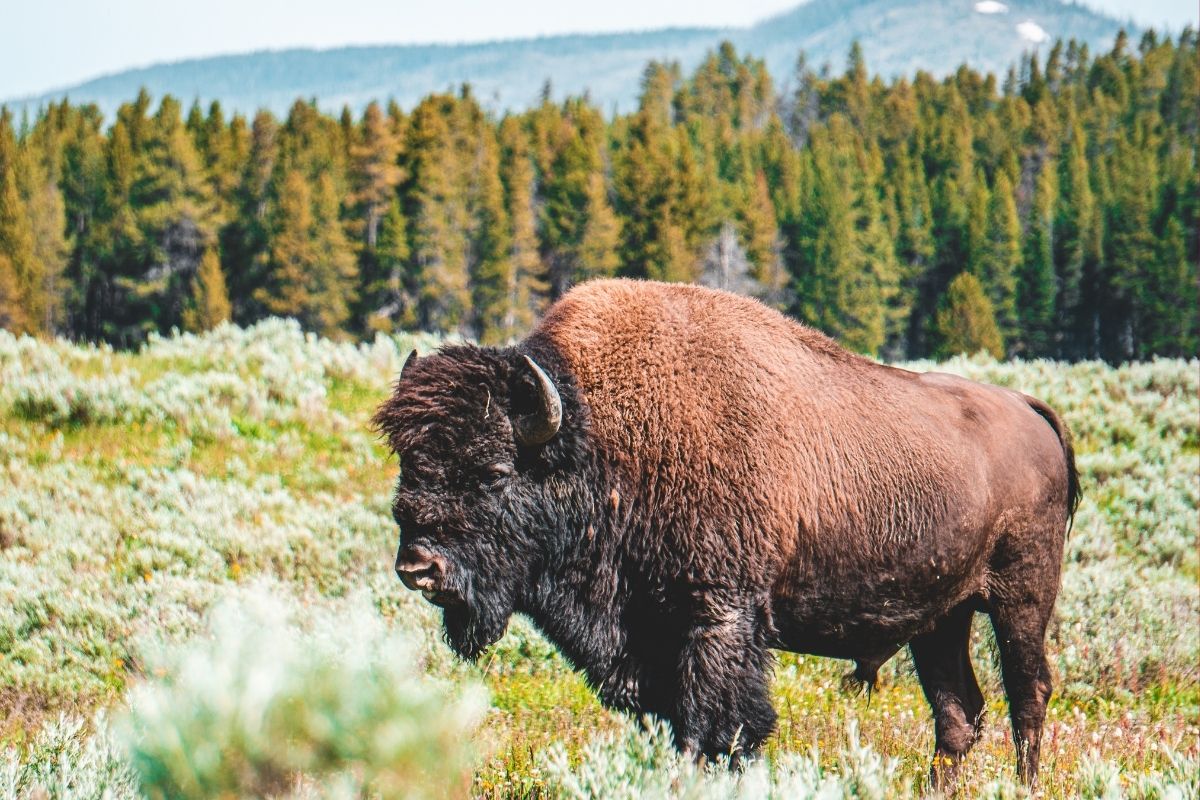Friends of Animals is asking members to submit comments in response to the National Park Service’s Notice of Intent to Prepare an Environmental Impact Statement for a Bison Management Plan for Yellowstone National Park, Idaho, Montana, Wyoming.
You may comment online here. You also may mail your written comments to the Office of the Superintendent, P.O. Box 168, Yellowstone National Park, WY 82190-0168. All comments must be received or postmarked by Feb. 28, 2022.
Yellowstone bison are keystone species and play an important role in the ecosystem. For example, they contribute to healthy grasslands because they aerate the soil with their hooves while foraging. Yellowstone bison are also the only wild plains bison population free from introgression with cattle-genes.
The current Interagency Bison Management Plan has largely benefited cattle ranchers while overlooking the needs of the Yellowstone bison. Thus, when preparing the environmental impact statement (EIS), Friends of Animals is requesting NPS consider and discuss the negative impacts of the current IBMP and consider the following alternatives. Please include these 10 most crucial alternatives in your testimony. Thank you.
· Prohibit lethal management actions.
· Include a program where private landowners can register their property as a bison tolerant zone.
· Expand habitat available for each genetically distinct bison herd or subpopulation to adapt and thrive over the long-term.
· Designate refuges to provide security and permit dispersal across public lands.
· Prohibit trapping or capturing for slaughter.
· Prohibit exclusionary management zones or boundary lines preventing natural migrations to range and habitat.
· Prohibit population control experiments, e.g., fertility or birth-control agents.
· Consider, evaluate, and disclose measures for protecting and restoring migration corridors and connectivity to habitat for wild bison.
· Consider, evaluate, and disclose cattle grazing allotments suitable for closure, buy-out, or permanent retirement.
· Consider, evaluate, and disclose opportunities for developing wildlife safe passages and measures for increasing awareness of, and safety for, bison crossing highways in the region.

